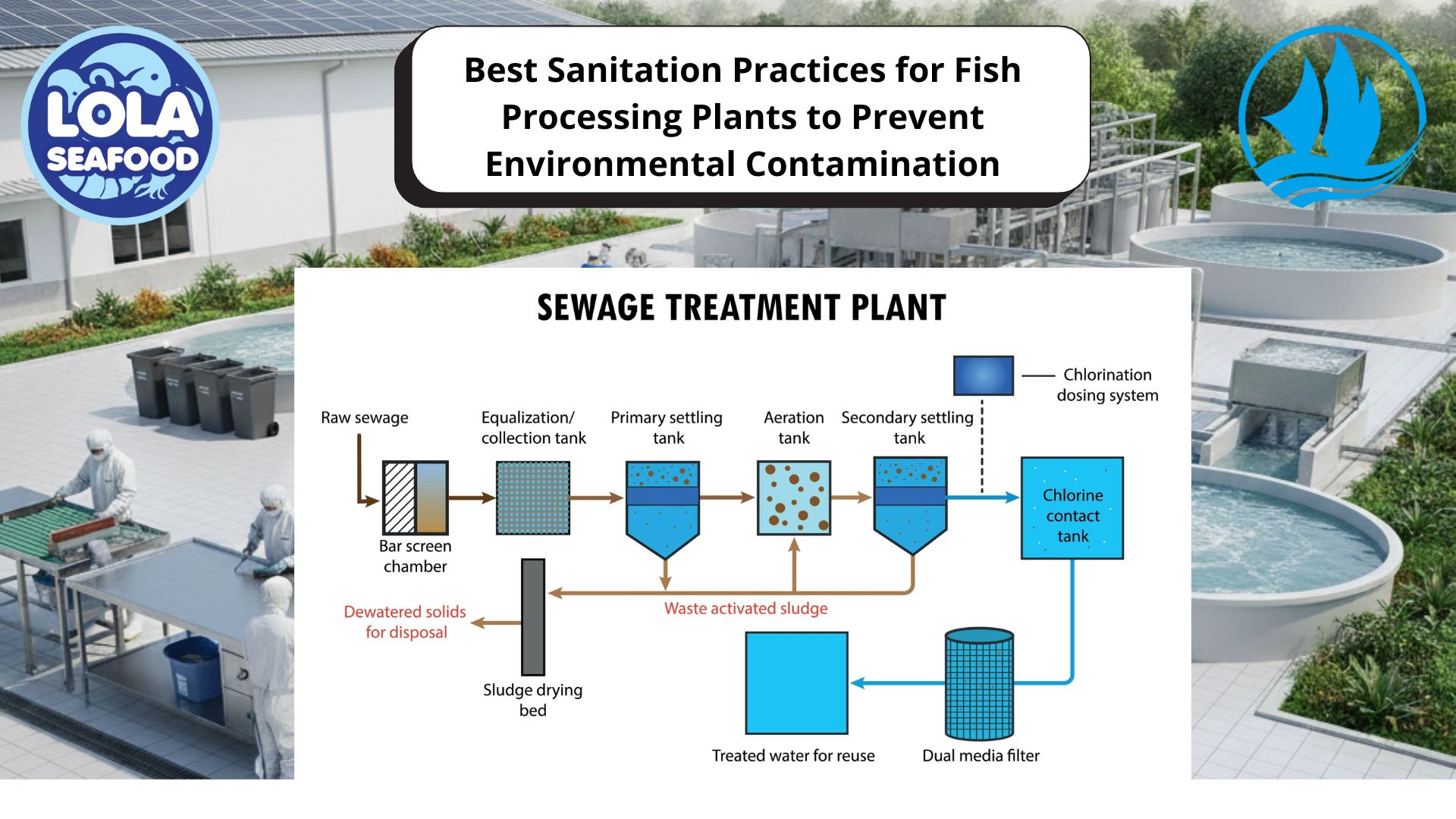3 x 3: Risk Matrix
By. Najih - 14 Apr 2023
kelolalaut.com - A Risk matrix is a way of representing risk scale in a chart (aka matrix: severity along the X axis and probability along the Y axis) to show the risk level. The risk assessment matrix is such an important tool. The risk assessment matrix will help the organization identify and prioritize different risks, by estimating the probability of the risk occurring and how severe the impact would be if it were to happen. It is important that the outputs of the risk assessment provide information in a way that facilitates risk management decision-making. The results of the risk assessment are only one of a number of considerations informing risk management, others being public health policy guidance, consumer behavior, and economic and regulatory inputs. Now will discuss the 3 x 3 type of risk matrix.
Formula 3 x 3 Risk = Probability x Severity
The more likely it is that harm will happen, and the more severe the harm, the higher the risk.
Severity:
- Marginal: The hazard may either be controlled or would commonly result in less than minor, illness, injury, or system damage.
- Moderate: The hazard may commonly cause severe injury or illness or major system damage, requiring immediate corrective action.
- Critical: The hazard may commonly cause death or major system loss, requiring immediate cessation of the unsafe activity or operation.
Probability:
- Improbable: Unlikely but possible to occur during standard operations.
- Occasional: Likely to occur sometime during standard operations.
- Probable: Likely to occur often during standard operations.
The meaning of the score of the multiplication result:
Score 1 - Insignificant risk, no action is required.
Score 2 - Low risk, largely acceptable, subject to reviews periodically or after significant changes, etc.
Score 3 or 4 - Medium risk, efforts should be made to mitigate the risk. Risk should only be tolerated for the short term, and then only whilst further control measures to mitigate the risk are being planned and introduced, and these within a pre-defined time period.
Score 6 - High risk, work activities should not be started until the risk has been mitigated. Significant resources may have to be allocated to mitigate the risk. Where the risk involves work in progress, urgent action should be taken.
Score 9 - Extreme risk, work should not be started or continued until the risk has been mitigated. If it is not possible to mitigate risk even with unlimited resources, the work should remain prohibited.

The Legal Shark Value Chain: Identifying Critical Control Points for Cost Efficiency and Value Enhancement from Catch to Consumer

Global Trust Across Three Segments: How the HACCP System Ensures Premium Quality for Demersal, Pelagic Fish, and Legal Shark Product Utilization
.jpg)
Green Investment, Profitable Harvest: How Sustainability Practices Reduce Operating Costs in Fish Fillet Processing Plants (Skin-On and Skin-Less)
 in Meeting Global Protein Demand Sustainably.jpg)
Sustainable Aquaculture: The Role of Recirculating Aquaculture Systems (RAS) in Meeting Global Protein Demand Sustainably




